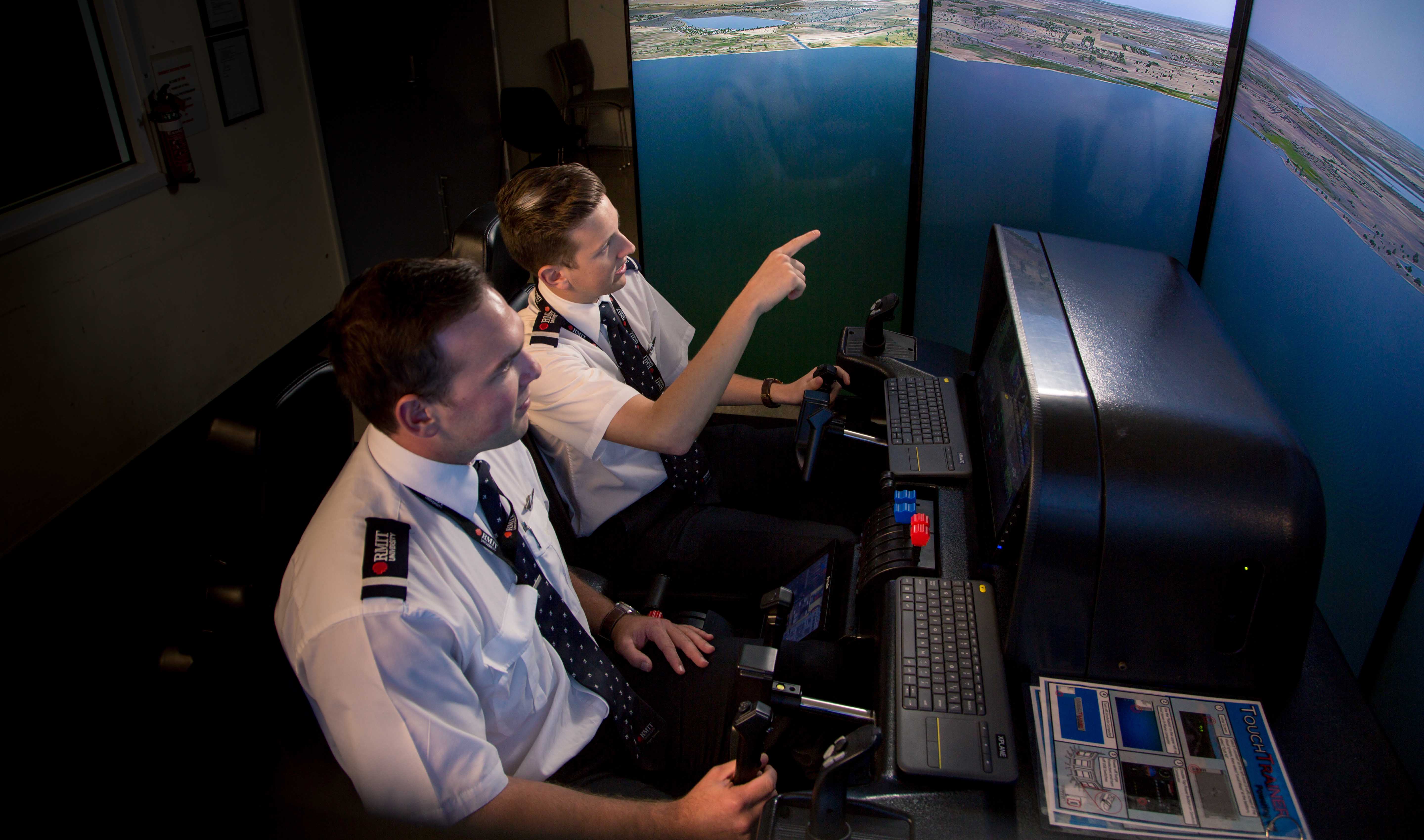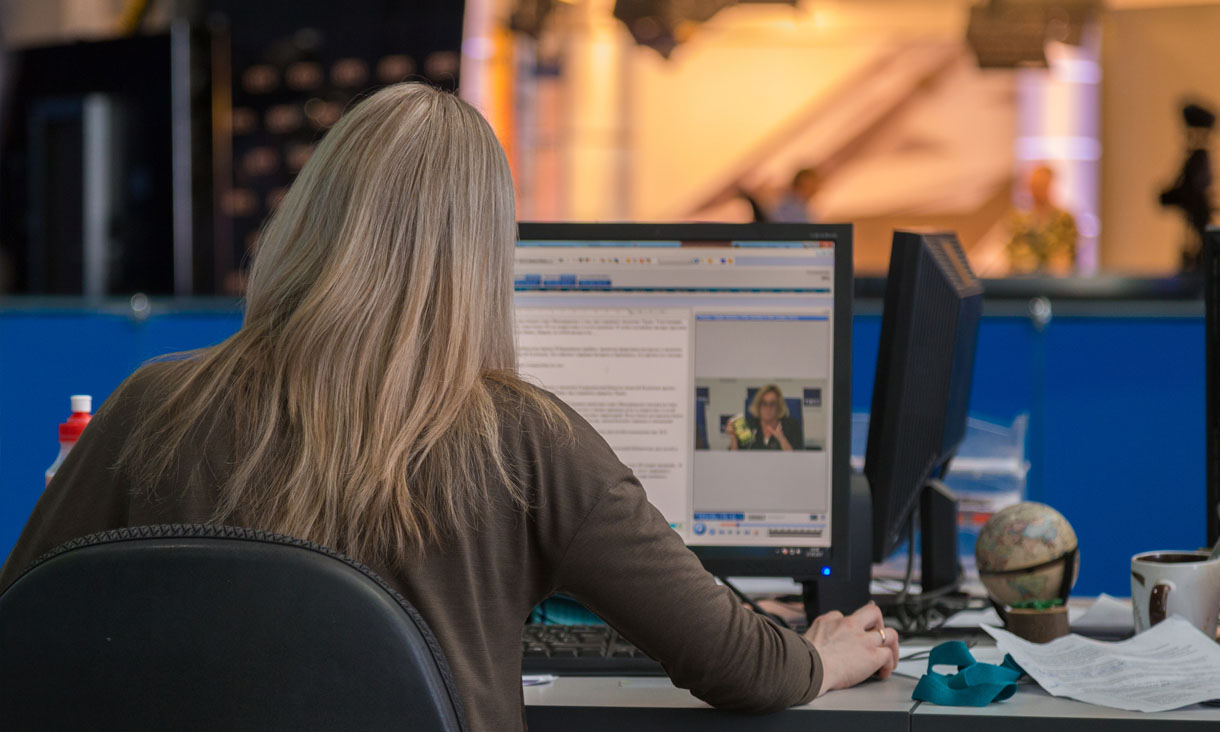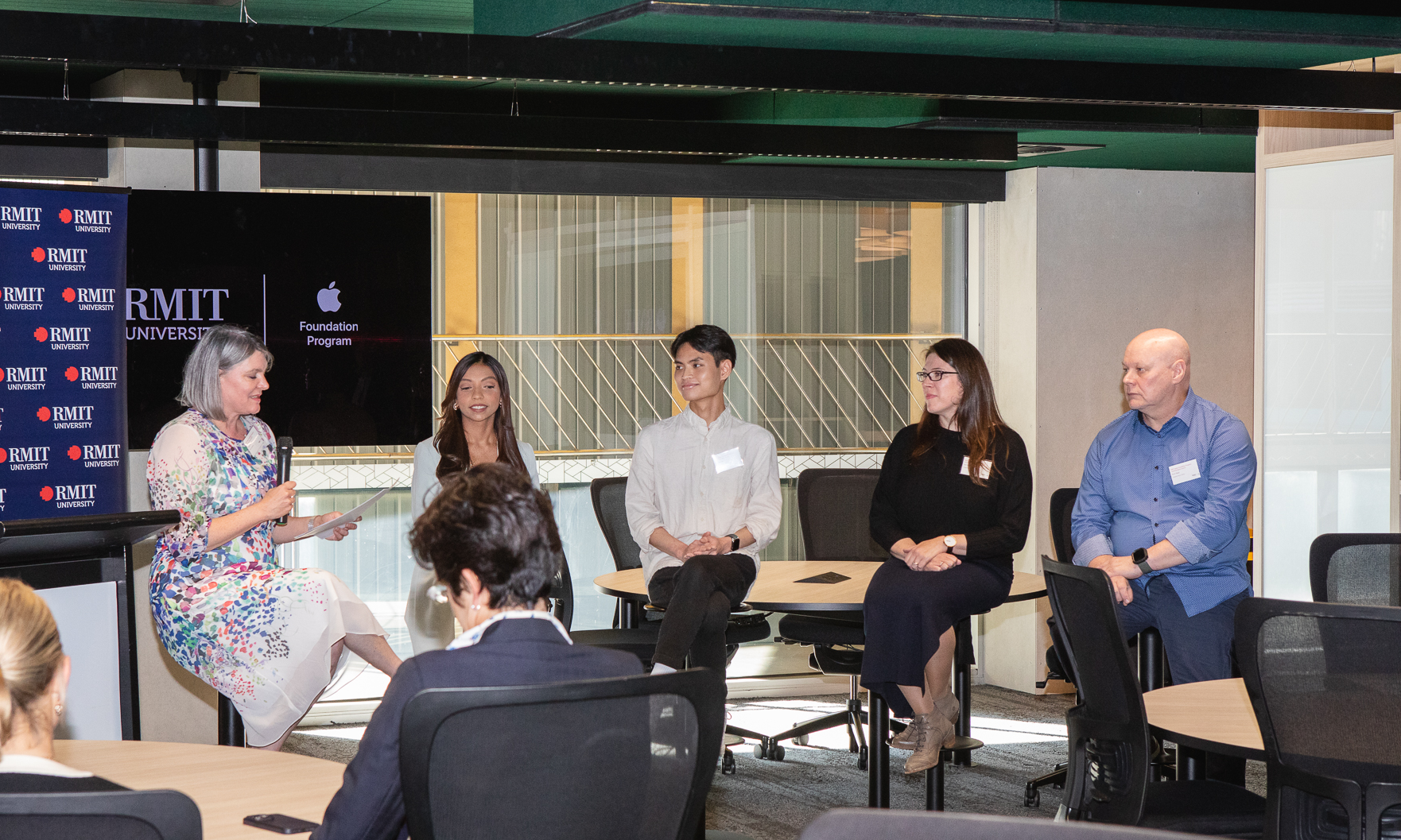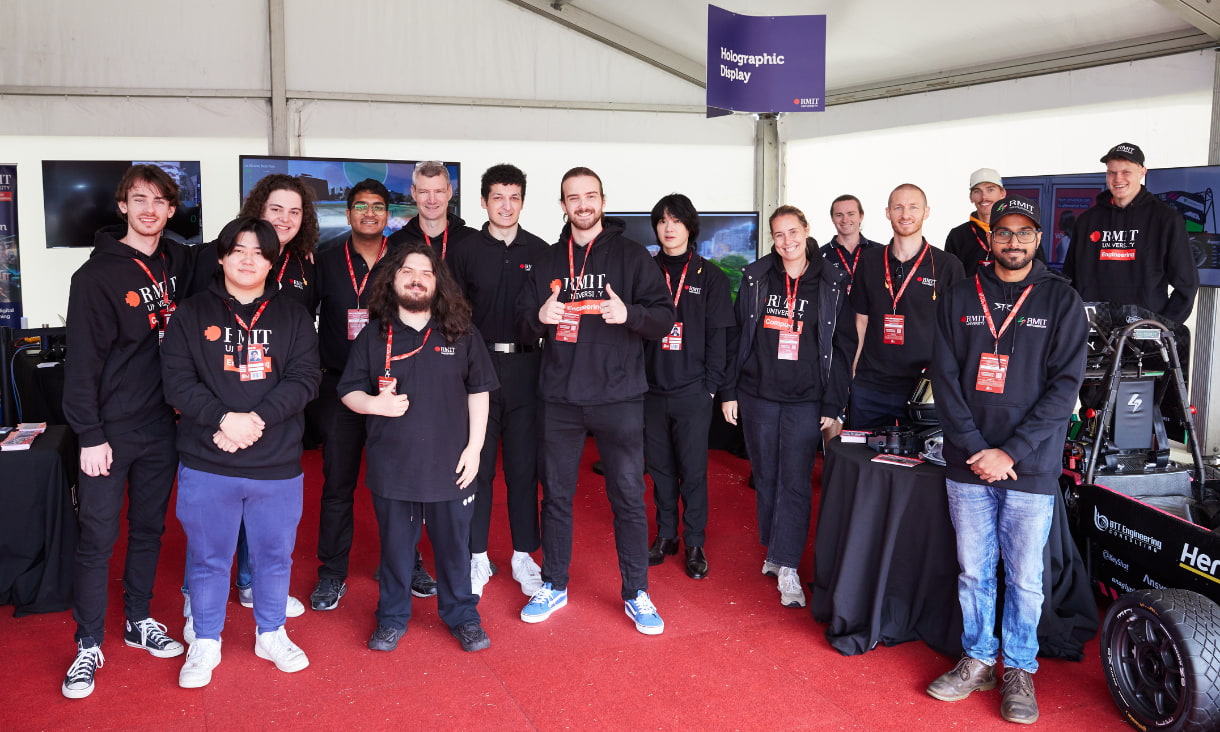One highlight will be RMIT’s state-of-the-art flight simulation system, giving visitors the chance to experience what it’s like to train as a pilot in the most realistic simulated environment possible while still on the ground.
A first of its kind in Australia, the Reconfigurable Flight Training Device (RTD) is the latest in-flight training device technology currently in use at the university’s Point Cook site.
Flight Training’s Senior Manager Mike Heffey said the simulator is unique in its configuration flexibility as it can represent a multitude of aircraft types and avionics combinations.
“The RTD has a comprehensive set of custom-engineered flight decks, avionics, auto-pilots, electrical systems and GPS software. It leads the world in its ability to accurately simulate multiple aircraft and reconfigure from one to the next in a matter of seconds.”
RMIT already has four of the devices and an additional one will be installed at the new Bendigo campus, where its flight training school will expand from July 2019.
With 3D printing proving to be a game changer for manufacturing in the aviation, aerospace, automotive and healthcare industries, researchers and students from of RMIT’s Advanced Manufacturing Precinct, the largest additive manufacturing facility in Australia, will be showcasing their research in developing aero type components and surgical implants.
According to Professor Milan Brandt, Technical Director of the facility, visitors to the Innovation and Technology Hub will get a feel for how the University combines its expertise in technology and design innovation with a focus on additive manufacturing.
“RMIT's commitment to additive manufacturing teaching and research is not only producing the next generation of engineers but also helping industry adopt new advanced manufacturing technologies making them more competitive globally,” Brandt said.
Another key presence at the exhibit will be the RMIT Electrical Racing Car Team with their two Formula SAE (FSAE) racing vehicles.
FSAE is a university competition organised by the Society of Automotive Engineers International, where teams design, build and compete in an open wheel race car. It’s the largest engineering competition in the world, with over 500 teams and events on every continent.
The School of Engineering’s Executive Dean Professor Adrian Mourtiz said being part of such a high profile international event gives the student racing teams an opportunity to showcase their design and engineering talents to the world.
“Our students do this with the opportunity to make valuable industry connections, helping their careers flourish,” he said.
Team Leader John McDonald said the Grand Prix was an amazing highlight in their calendar and a real treat for the team.
“It’s an opportunity to exhibit what is the culmination of countless hours of hard work and expertise to an international audience,” he said.
“This opportunity allows us to demonstrate how we turn theory into reality, and potentially see where our futures lead. The team is honoured to be involved in such a prestigious event.”
The Racing Car Team focuses on combining theoretical teachings with real-world problems to deliver industry-ready graduates.
"The Grand Prix is also a unique opportunity to showcase some of the research and innovation in automotive technologies undertaken in the School of Engineering,” Mourtiz said.
This also includes light-weight automotive design, manufacture and materials being performed by the RMIT-led ARC Training Centre in Lightweight Automotive Structures (ATLAS) which aims to accelerate the transformation of Australia’s automotive industry through new research.
The Centre brings together RMIT, lead industry partner Ford Motor Company and other industries in the auto supply chain to address challenges in light-weight design.
Story: Jasmijn van Houten





